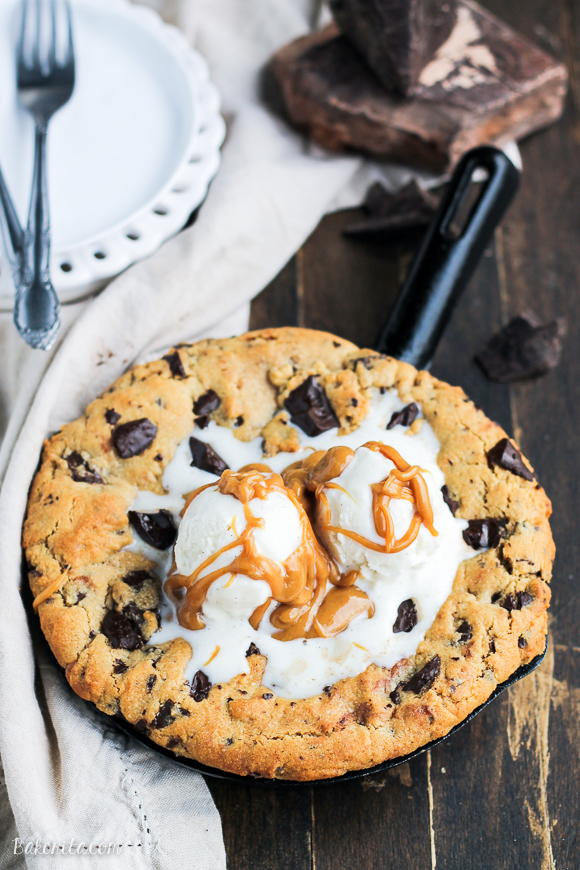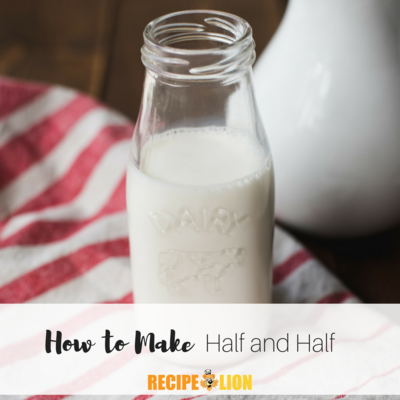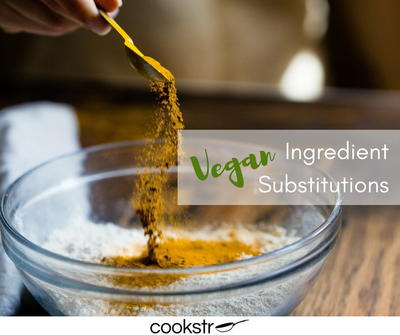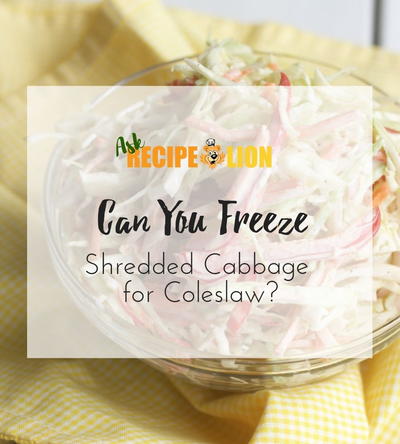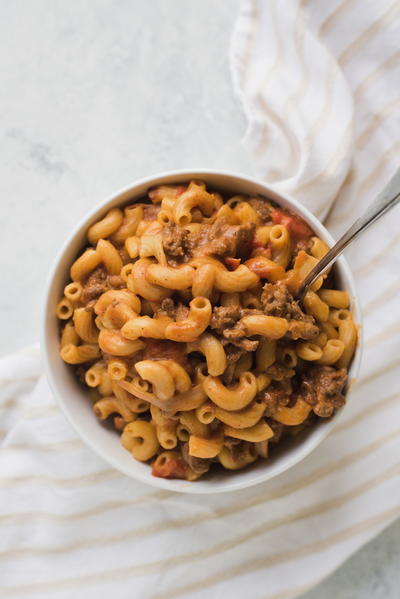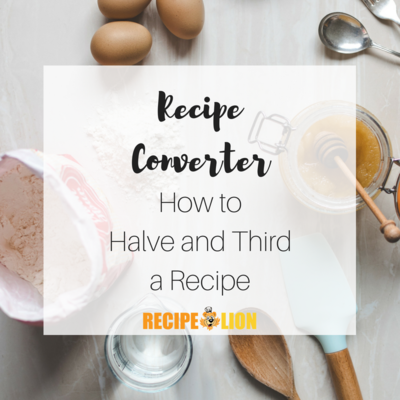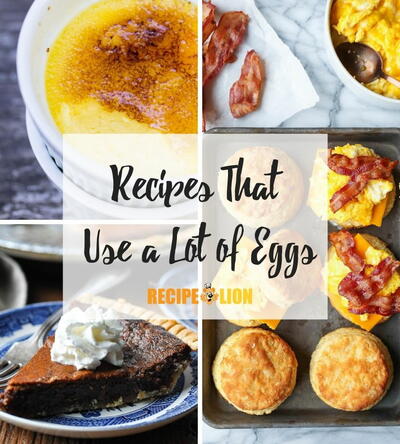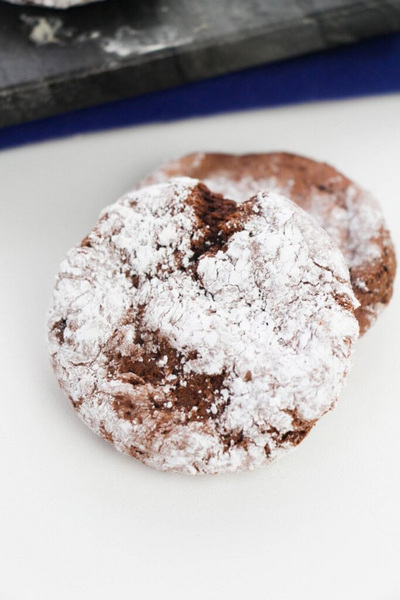What is the Best Butter for Baking?
Find out what type of butter to use for baking and how to prepare it for your recipes

Butter is a vital part of the foundation of any baked food. Without it, you’d lose the flavor and texture that make baked goodies so delicious. Since baking requires such precision, using the wrong butter or even preparing it incorrectly can lead to a kitchen disaster. So what butter is best to bake with? And how should it be prepared so that recipes turn out as yummy as they look in their pictures?
The most important factors to consider are:
- Salted vs. unsalted
- American vs. European
- Melted vs. softened vs. cold
Should you use salted or unsalted butter for baking?
Salt is often added to butter to provide extra flavor and to help it last longer. This makes salted butter perfect for everyday kitchen use and for spreading. It can, however, sneakily throw off the total salt content you’ve measured out for your recipes.
Unsalted butter is usually your best bet for baking because it allows you to maintain more precise control of your salt. You should pretty much always use it when a recipe calls for it specifically. If you really need to use salted when unsalted is called for, though, you can even things out by removing about ¼ tsp of salt for each ½ cup of butter you add.
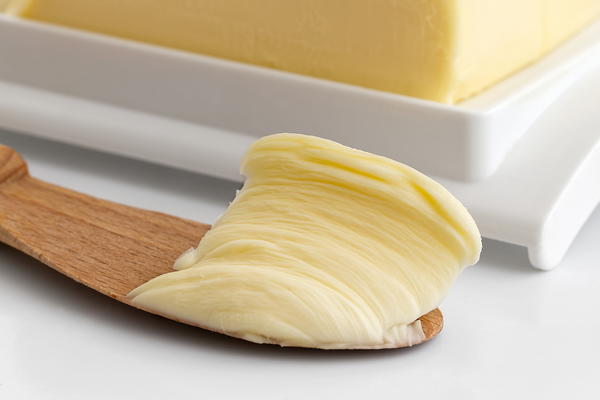
Should you use American or European Butter for Baking?
European butter is growing more popular these days, partially because it's perceived as fancier and richer than the everyday stuff you’re used to seeing in grocery stores.
The biggest difference between American and European butters is fat content. American butters usually are about 80% fat. European butters vary, but are usually somewhere between 82% and 85%.
The higher fat content in European butters can lend baked goods a great flavor and a flakier texture, but it can also throw off the chemistry that makes your baked goods tastes and look the way they’re supposed to. In these cases, they end up making baked items flatter, floppier, or denser.
A general tip to remember when choosing which butter to use: consider which butter was probably used by the kitchen that designed the recipe. If you’re baking a traditional apple pie crust, you probably will want to use American butter. If you’re baking a flaky French pastry, European butter is a great choice.
What temperature of butter should you use for baking?
Taking the time to soften butter can be a pain, especially if you forget to start it ahead of time so it’s ready when you need it. Even with that in mind, though, softened butter is often the best choice for your baked recipes.
Softening butter (letting it get to room temperature, or about 68-70 degrees) is ideal for any recipe that called for creamed butter. This often includes cookies and cakes, especially. Creamed butter allows air pockets to form in your baked goods, which helps the texture and structure turn out excellently light, airy, and crisp.
But really, the best advice when considering the temperature of butter is to follow your recipe to the letter.
This may sound like simple advice, but it’s very important to use the right temperature of butter if you want the best results. You wouldn’t want to use softened butter for most biscuits or pie crusts, for example, which generally use cold butter to get a flakier crust. Even melted butter, which is not usually a good choice, is sometimes the perfect choice for things like pancakes or extra chewy cookie recipes.
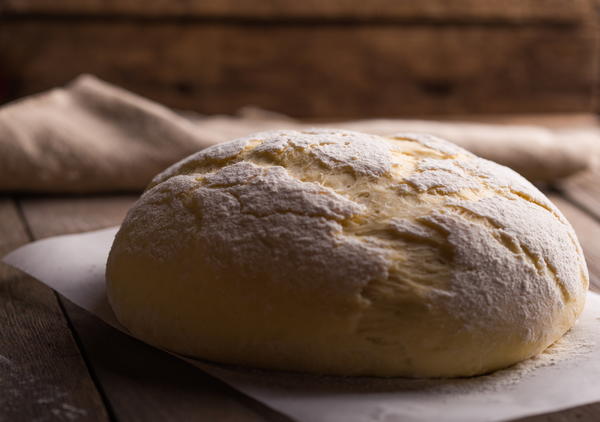
Other tips about butter in baking…
Now that you know the general rules of picking a good butter, here’s a few extra tips that can help you with more specific choices:
- Pricey doesn’t always mean good: Sometimes, a bargain brand butter will genuinely taste better than the luxury stuff. There are a lot of online articles that compare the cost and flavor of different brands.
- Your taste is unique: The differences between butter brands are usually subtle, but they exist. If you hate some top chef’s go-to butter, go with what you love.
- There’s no substitute for butter…but: If you really want to swap it out, you’ll likely get the best results with lard, margarine, or shortening.
Get some practice baking
Want to take this knowledge and try your hand at baking again? You may be interested in getting your practice in with some of these delicious recipes.

